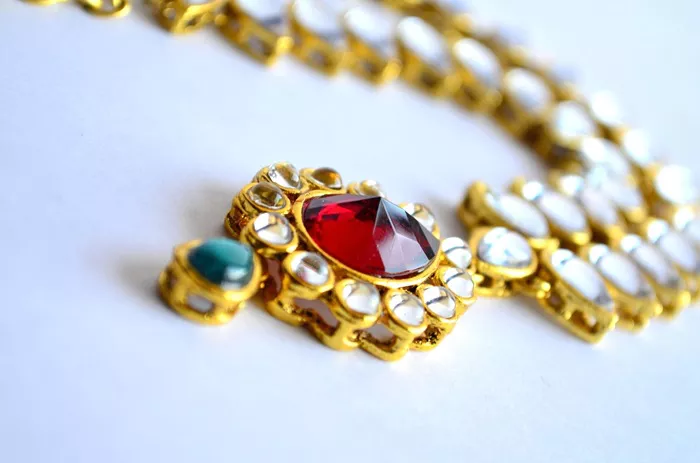Luxury jewelry refers to items made from precious metals and stones. The production process includes designing, mold-making, polishing, casting, and plating metals such as gold, silver, and platinum. Common luxury jewelry pieces include rings, bracelets, earrings, cufflinks, tie clips, watches, necklaces, and hair accessories.
The market for luxury jewelry is expanding due to factors such as modernization, western cultural influence, and rising disposable income. Additionally, growing consumer interest in lavish products, advancements in the jewelry industry, and the emergence of new fashion jewelry are indirectly supporting this growth.
In 2023, the luxury jewelry market was valued at USD 61.2 billion. It is expected to increase from USD 65.97 billion in 2024 to USD 120.32 billion by 2032. This represents a compound annual growth rate (CAGR) of 7.8% during the forecast period from 2025 to 2032.
Consumers are increasingly favoring branded jewelry, encouraging manufacturers to offer a wider variety of luxury items. Market growth is further supported by expanded television advertising and the growing use of jewelry in special ceremonies. Moreover, a rising belief in astrology among consumers is expected to boost demand in the luxury jewelry segment, opening new opportunities for market expansion.
Related topics:
- ‘The Apothecary Diaries’ Anime Inspires High-End Jewelry Collection by KARATZ
- Jewelry Industry Turns Green as Pandora Leads Sustainability Efforts
- Tohum Launches ‘One of a Kind’ Jewelry Collection Celebrating Uniqueness


